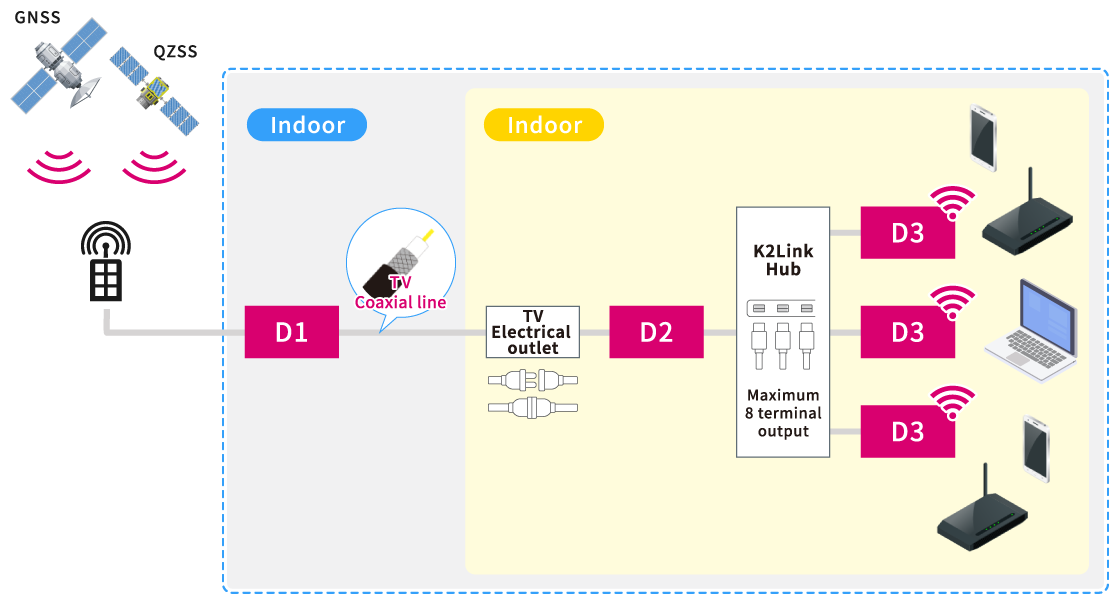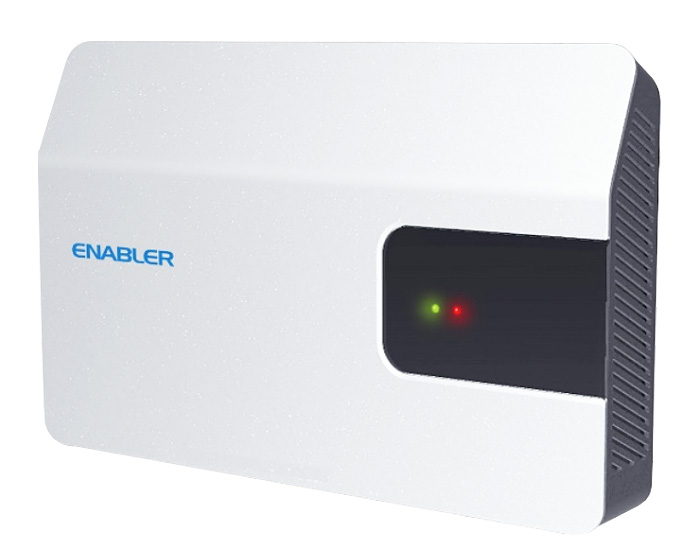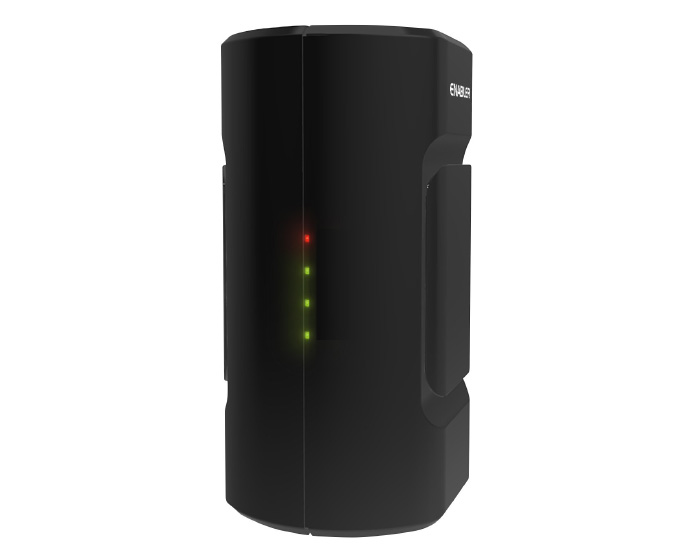The system uses the pre-existing indoor CATV grid to transmit high-fidelity synchronized time data from GNSS satellites.
The iPNT system consists of the D1 (installed on the rooftop), D2 (indoor), and D3 (the last piece in the chain, the iPNT transmitter).





| Device | Functionality |
|---|---|
| D1 | Receives signals from GNSS and converts the synchronized time signal to a frequency for transmission indoors. |
| D2 | Receives a time signal from D1 and demodulates 1PPS. Also includes transmission functionality like D3, achieving a reduced formfactor. |
| D3 | Receives data from D2 and calibrates timing before transmitting position and time. Also includes message transmission functionality. |
| K2Link Hub | This device is used to connect multiple D3 devices to a D2. Utilizes a dedicated cable. |
| Item | Specifications |
|---|---|
| Supply voltage | Main unit: DC 12V±5% (utilizes an AC adapter) |
| Modulation | DQPSK |
| Tx Frequency Band | 70MHz to 3224MHz |
| Tx Frequency Step width | 10kHz |
| Tx Carrier Band Width | 2MHz |
| Occupied Band Width | 5.57MHz |
| Tx Power | -65dBm to -25dBm |
| Tx Power step Width | 1dB step |
| Tx Power Stability | Within +/-1dB |
| Item | Specifications |
|---|---|
| Supply voltage | Main unit: DC 12V±5% (utilizes an AC adapter) |
| Rx Frequency Band | 70MHz to 3224MHz |
| Modulation | DQPSK |
| Carrier Band Width | 2MHz |
| Rx Frequency Step Width | 10kHz step |
| Rx Sensitivity | -70dBm |
| Rx Input Level | -3.75dBm (105dBμV) x 9 channel |
| Item | Specifications |
|---|---|
| Supply voltage | Main unit: DC 12V±5% (utilizes an AC adapter) |
| Tx Frequency (Initial set up value) | 1597.926MHz |
| Tx Frequency variable range | 1555.983MHz to 1610.202MHz |
| Tx Frequency Step width | 1.023kHz |
| Tx Carrier Band Width | 2.046MHz |
| Modulation | DSSS |
| Internal Antenna Radiation Power | Less than 35μV (provided 3m separation) |
| External Antenna Radiation Power | -65dBm(-75 to -60dBm) |
